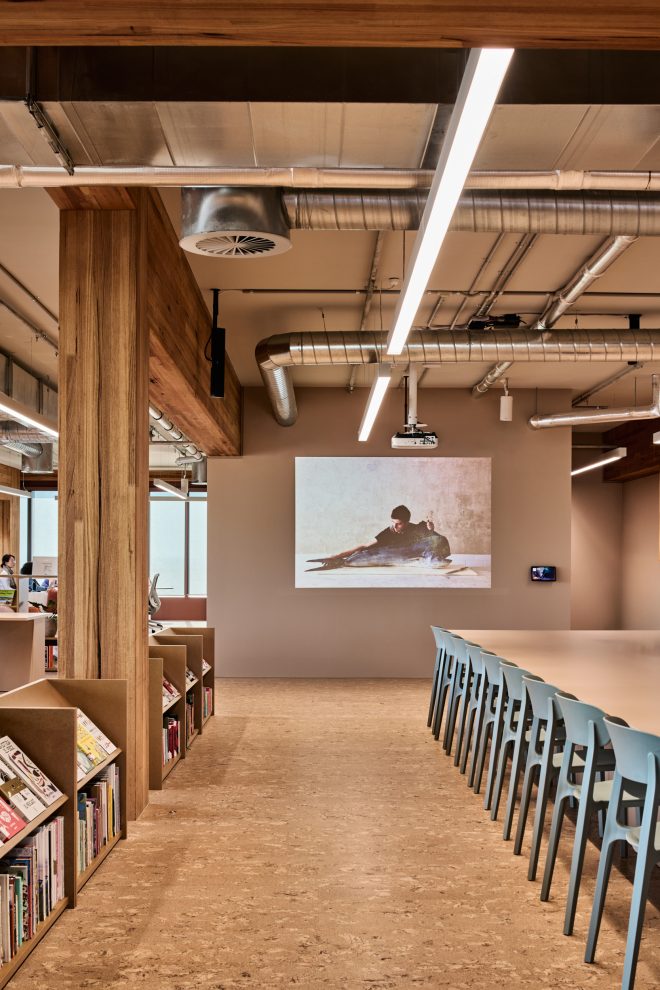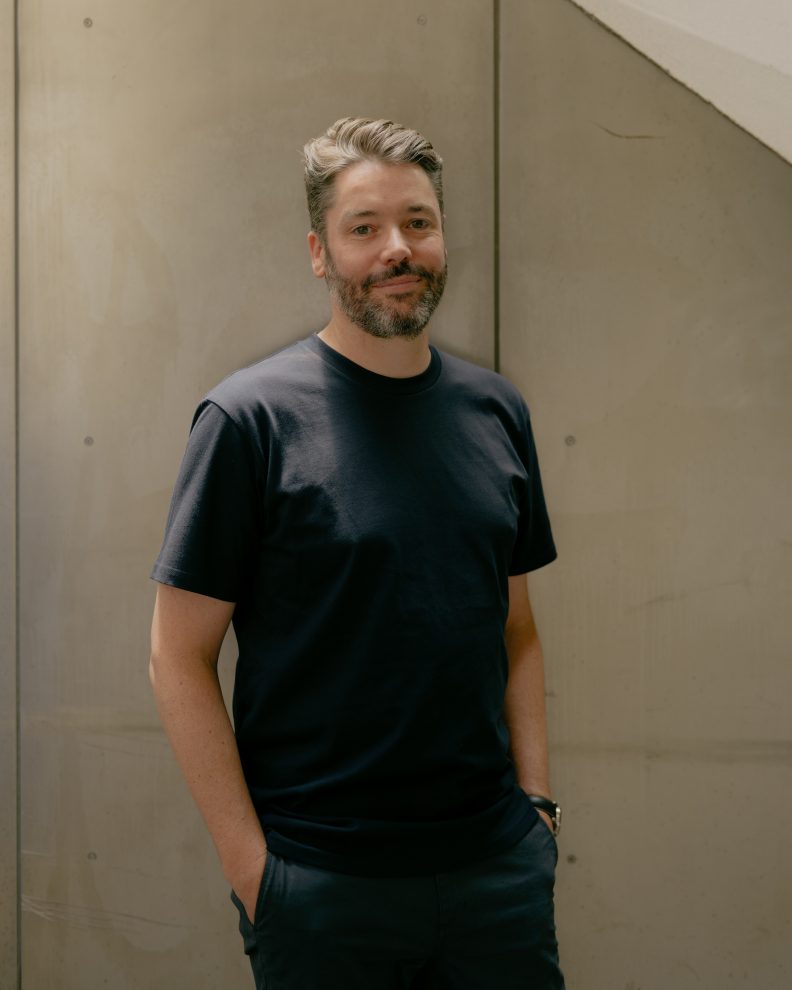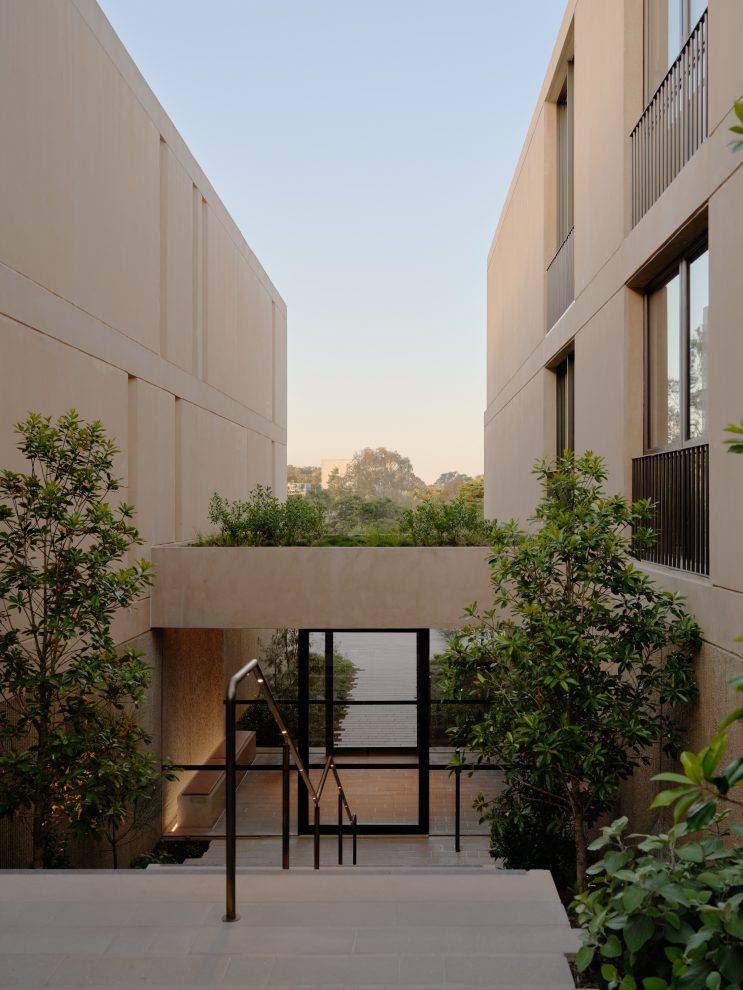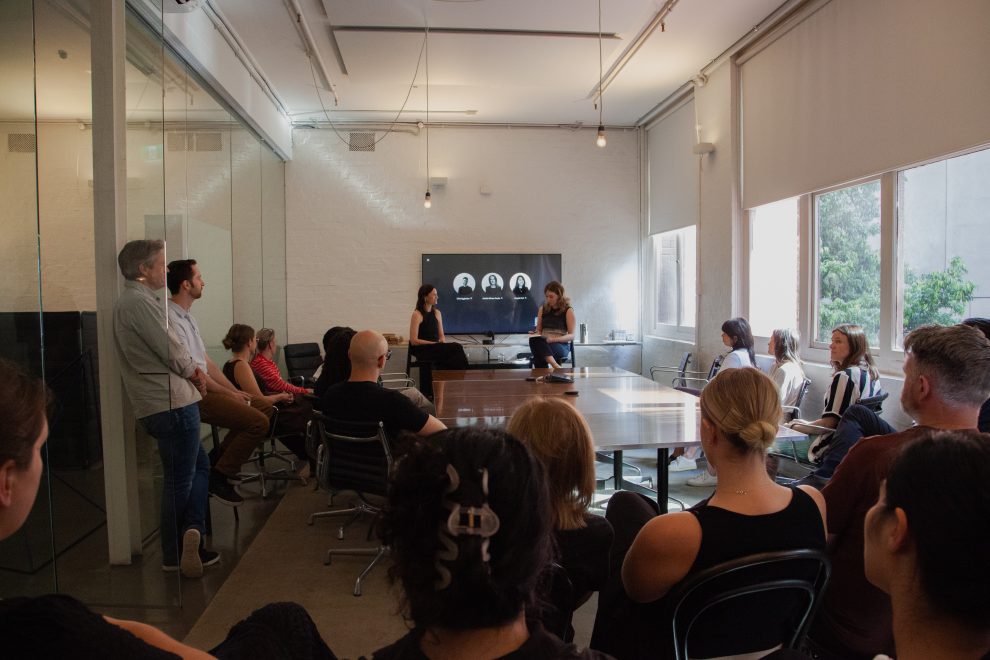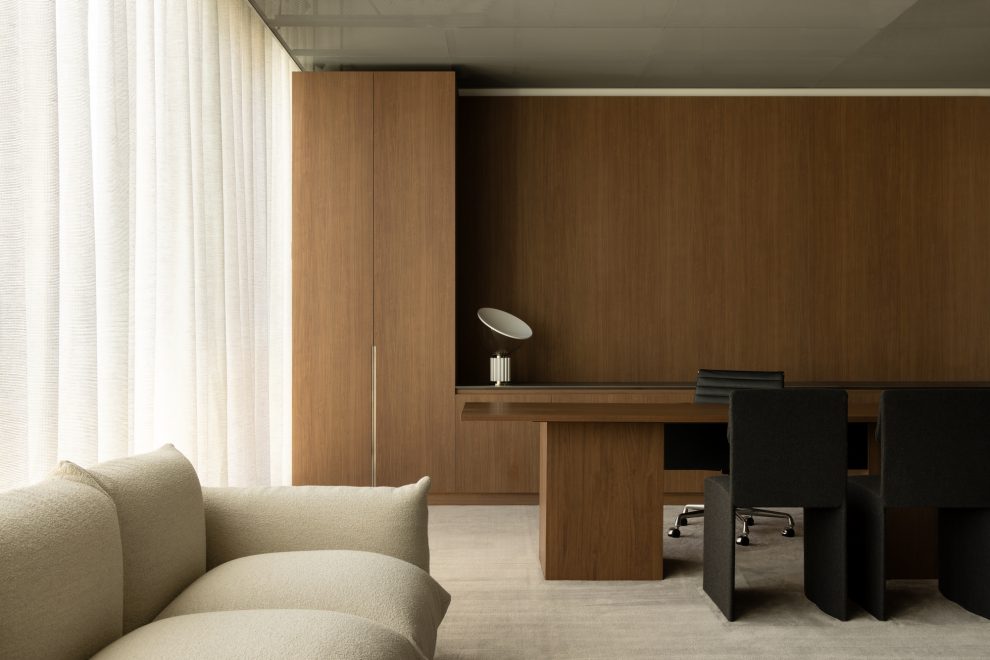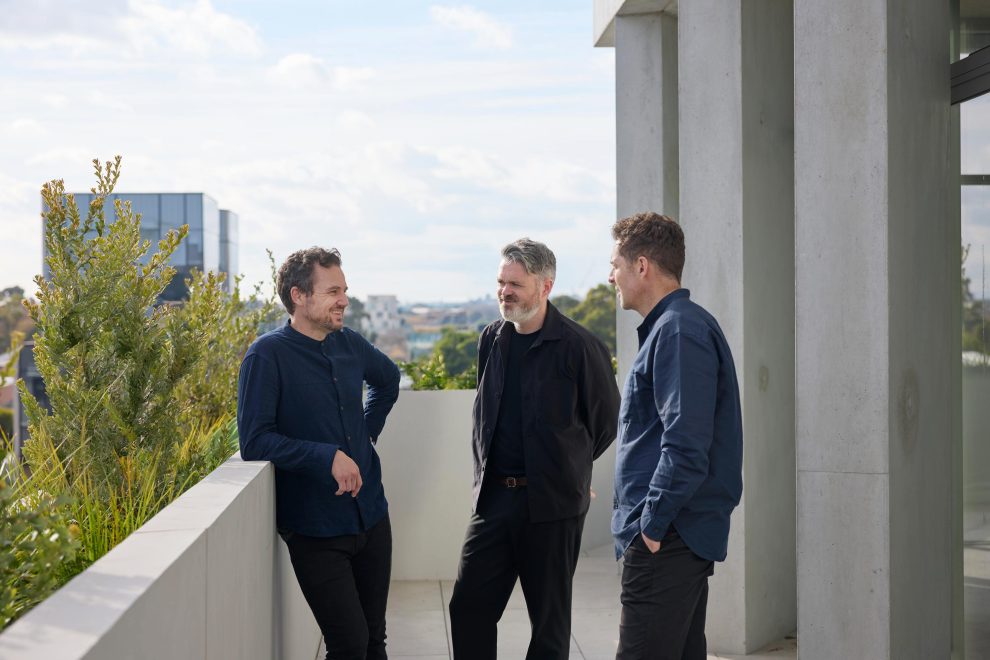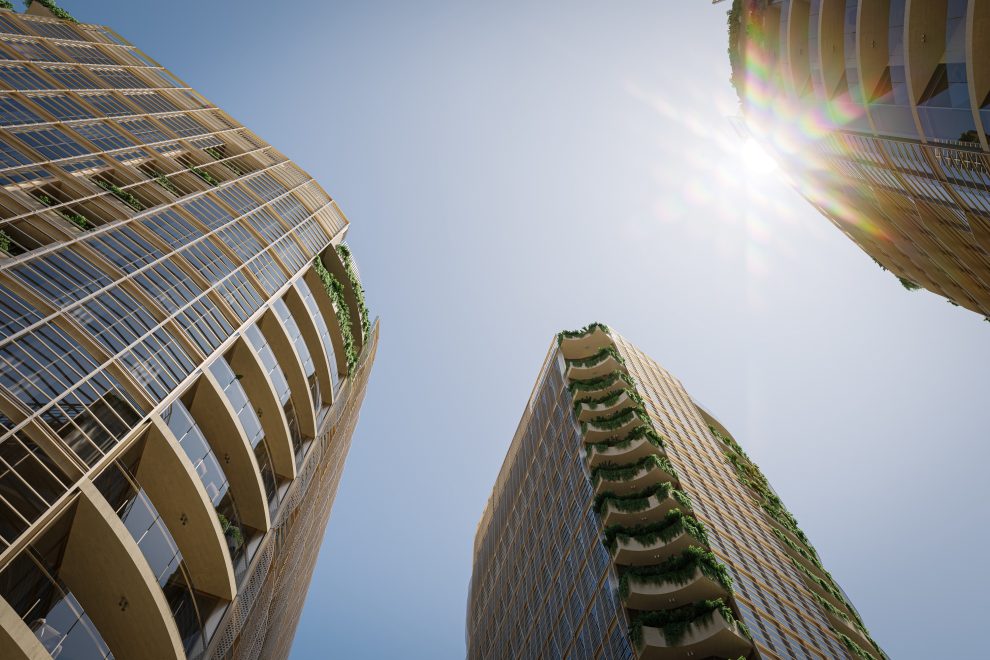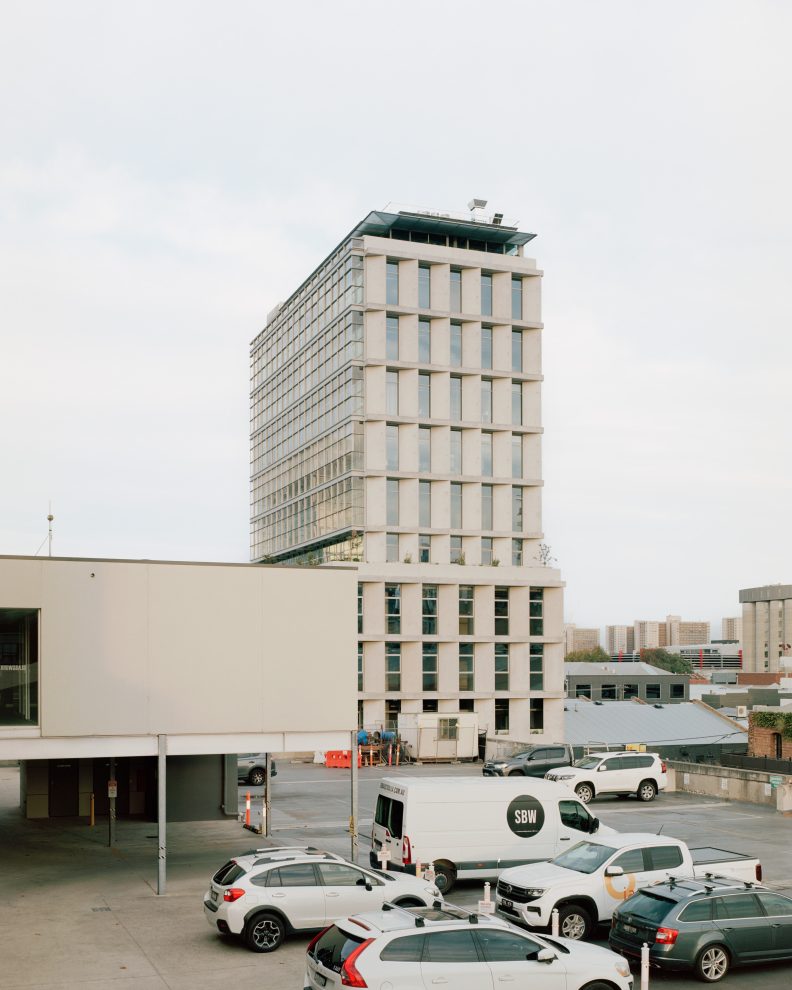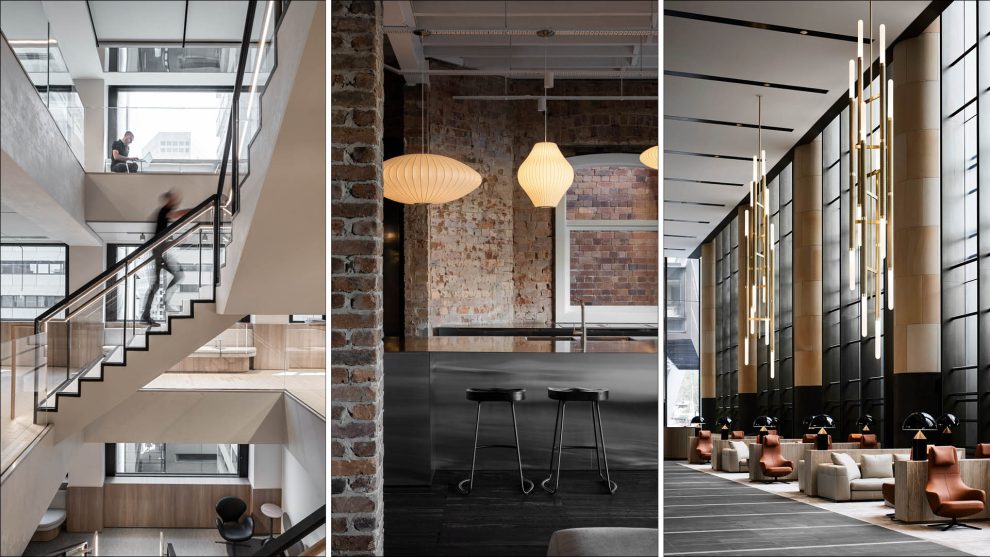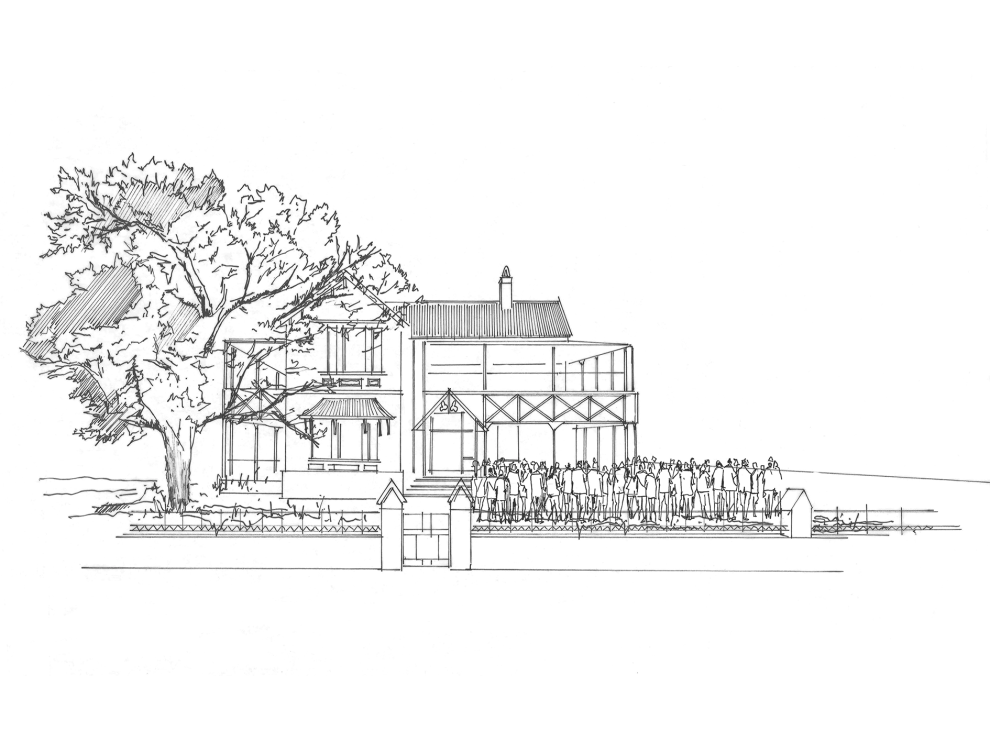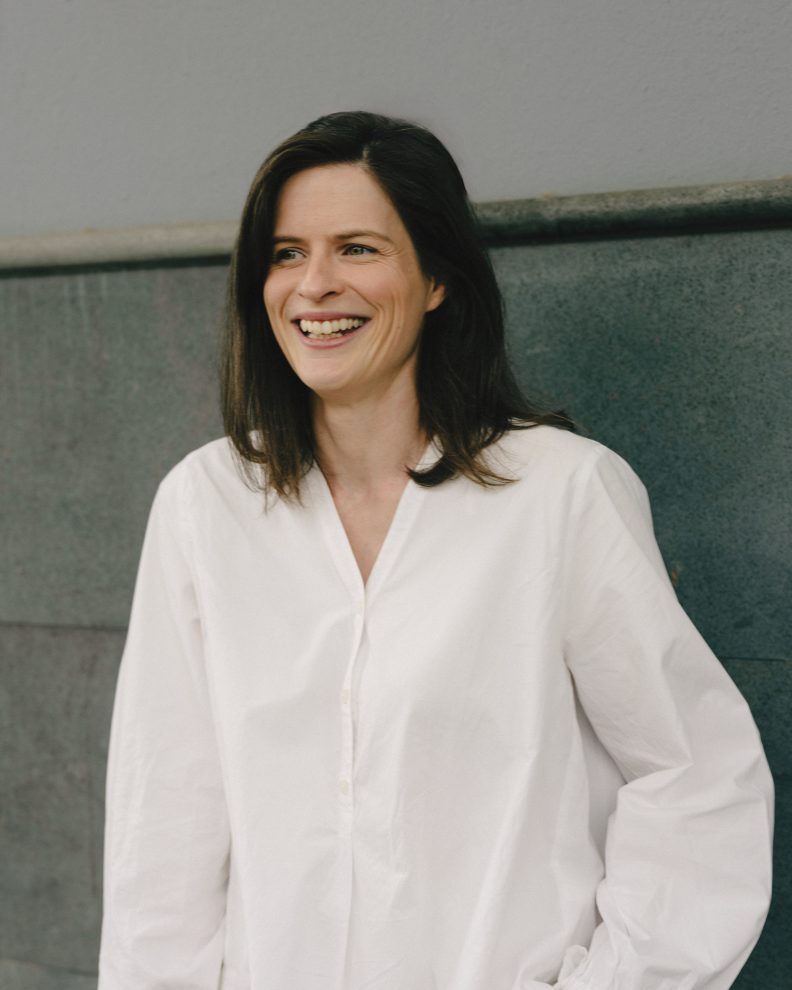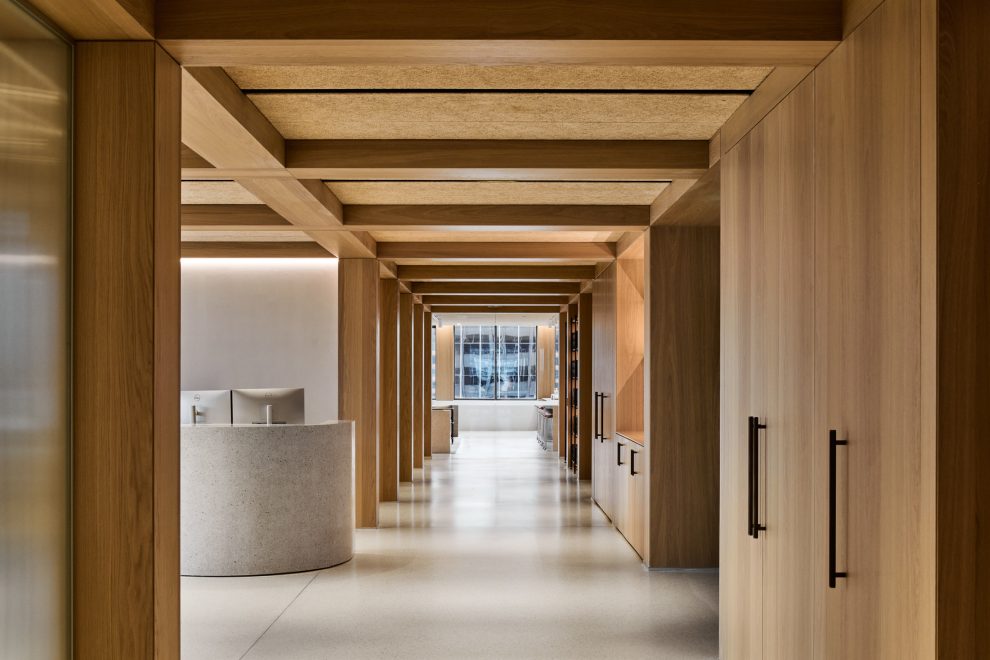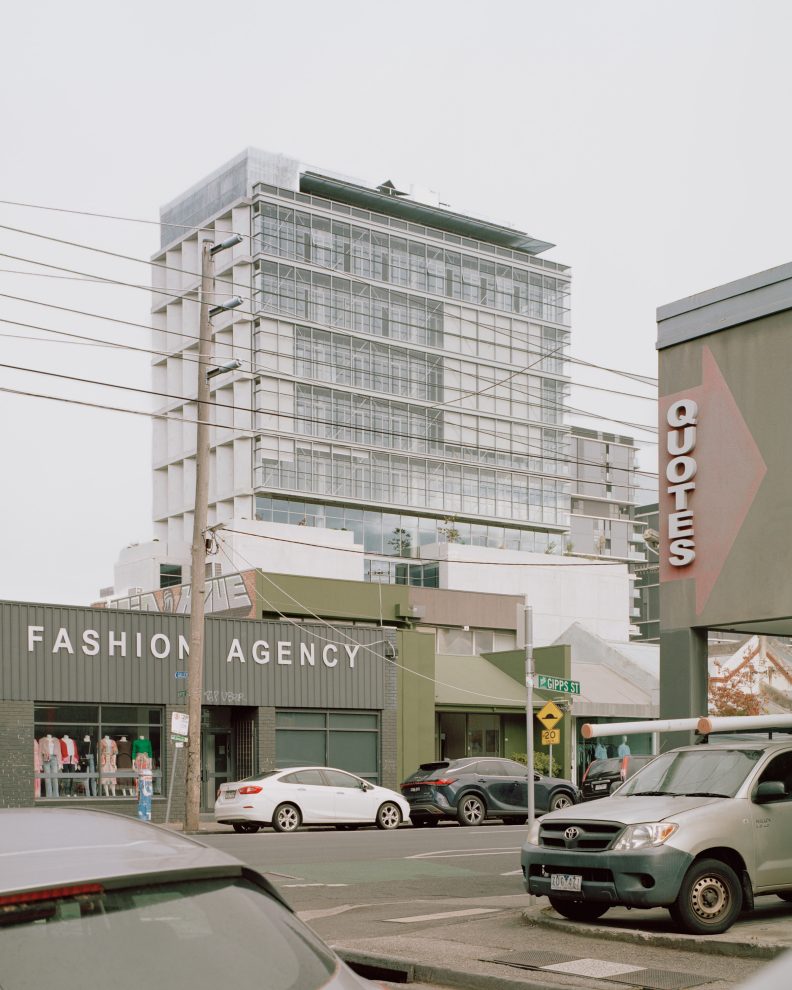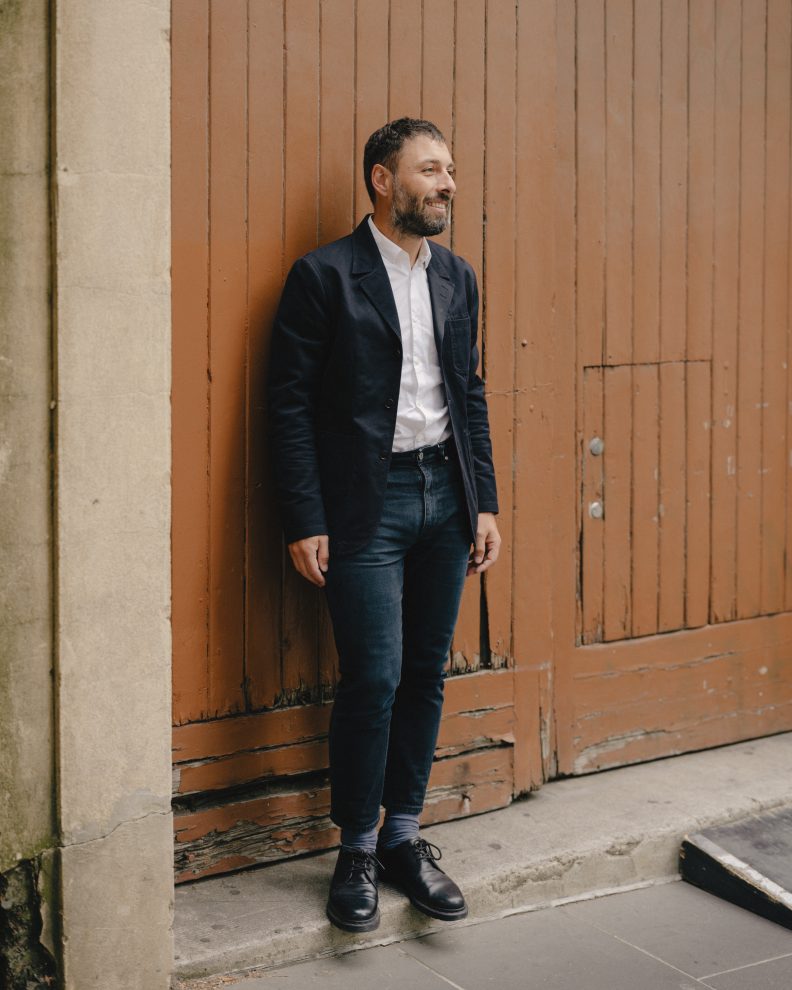
In the world of design, renovating and rejuvenating residential or hospitality spaces is a common occurrence. Yet the desire and necessity to revitalise workplaces have received less concentration.
Working within the commercial interiors team, Associate Catherine Keys is an advocate for the financial and health benefits rooted in asset revitalisation, and why landlords risk falling behind if they neglect to reposition their commercial offerings. Today, she shares why it pays to be reflective in our current economic and property climate.
The all-important questions
In Catherine’s own words, asset revitalisation involves taking a step back to assess a building or asset from base principles. What is its place in the city? What are we trying to achieve and why? This interrogation is conducted from a holistic standpoint, and as Catherine explains, “It’s not just about throwing in a third space or end of trip. Powerful asset positioning is going far deeper than that. It involves looking for hidden opportunities about what makes that specific asset special and breathe new life into it. When you take the time to go through this process, you can make formidable changes.”
Fit for purpose
In the last several years, there has been growing interest in asset revitalisation, which Catherine attributes to the demand for accommodating and elevating the lives of modern workers. “There are several reasons why asset revitalisation is becoming the norm. Buildings in the city have aged significantly, and the way that work is performed, as well as employee behavior no longer align with these outdated commercial spaces. Work is not just a place to sit at a desk. Its new purpose is to fuel creativity, participate with the community, and bring collaboration to the forefront.”
For landlords, it’s not enough to provide just a floor plate for a tenant to do all the heavy lifting. While tenants play their part in improving staff productivity and well-being, landlords need to showcase their value alignment to like-minded tenants, which results in a committed relationship for both parties.

For the sake of sustainability and wellness
Put simply by Catherine, it is not an option for landlords to leave a building to deteriorate or be demolished. “It’s not the right thing to do. People want somewhere that responds to their values, with sustainability being a major one. If a landlord invests in the space to offer new wellness ideals and sustainability methodologies, a tenant can improve their operations and embody their values” she says. While acknowledging the financial benefits of asset revitalisation, Catherine is quick to promote the sustainable certifications attained through smart and accessible design insertions.
There’s also a requirement for landlords to support the health of tenants. This can be achieved through giving people more options in how they interact with a building that fosters a healthy ongoing relationship.
Attract and retain
From a commercial perspective, investing in assets can change a building’s positioning in the market, attract and retain tenants, and appeal to users from other parts of the city, whether that’s through event spaces or retail offerings that activate the streetscape. Making buildings more permeable is a growing need in commercial and mixed-use buildings, not only to give back to the city but also to diversify commercial viability in a competitive market.
“Revitalisation breathes new life into assets, making them more cost-efficient and community-oriented. When done correctly, it can open up various avenues into the market, allowing access to a larger share of it,” shares Catherine.
Catherine also emphasises the importance of understanding the economic and social context of the city to attract the right tenants “It’s a challenging climate and that extends to our clients and the landlords we work with. At Carr, we ensure that any investment is targeted for maximum benefit and reflective of the economic conditions. For the commercial sector, we apply our extensive market knowledge to identify the best revitalisation outcome. We draw on cross-sector expertise to inform our design and strategic decisions. Our rigorous briefing sessions guarantee our response is robust, meaningful, and tailored to each specific landlord. This combined with our timeless design approach, helps to craft designs that are lasting and financially responsible outcomes.”
Revitalisation in action
Located on one of Melbourne’s primary CBD corners at the intersection of Collins Street and Elizabeth Street, 303 Collins by Carr is an exercise in revitalisation. Paying homage to the former MLC 1970s building on the back of the site, Carr’s multidisciplinary design approach repositions a “beautiful and perhaps forgotten asset to the city”, says Catherine.
Collaborating with the Carr architecture team, Catherine says the proposed design will reposition the building to its former glory within the city. “Our design includes a new retail space as well as giving back to the office tenants with third spaces, flexible spaces, and a new end-of-trip. This project is a wonderful opportunity to revitalise 303 Collins and extend its lifespan.”
When a commercial space is done right, it can change your day-to-day life for the better exponentially. Commercial design can alter interactions, and open new avenues, relationships and ideas.”
For Catherine, the opportunities to push boundaries in commercial interior design are bigger than ever before. While challenging economic conditions will always be present, the appetite for transformation and innovation from landlords and tenants is far more salient. “Landlords that engage with exciting design now stand to benefit a great deal from it. Those that don’t will be left behind. It’s time to invest in offering something new. Clients and tenants are more up for it than ever – they want something new and a reason to come back to the workplace. Let’s give it to them.”
Learn how to add value to the workplace with considered and strategic design.
